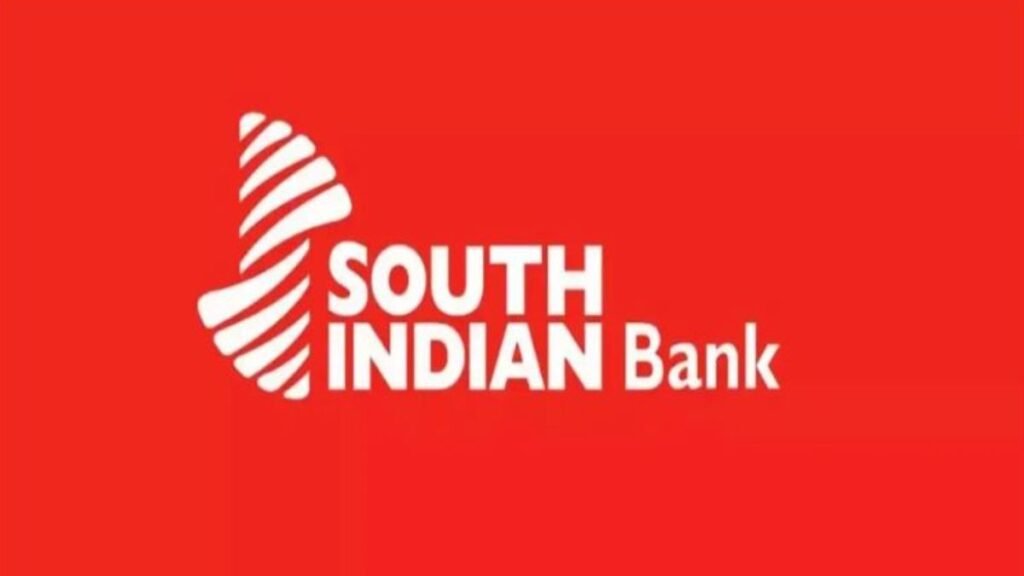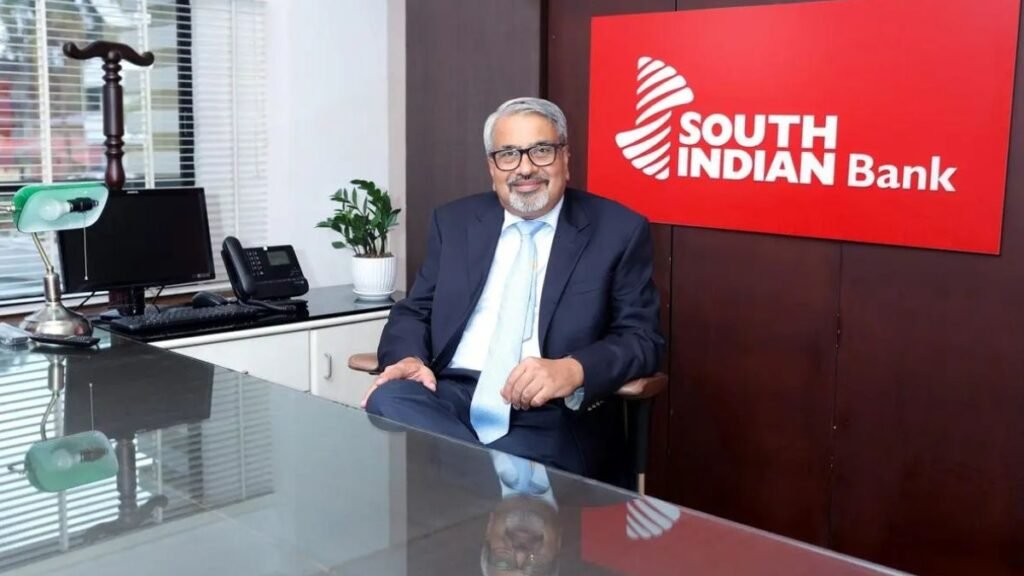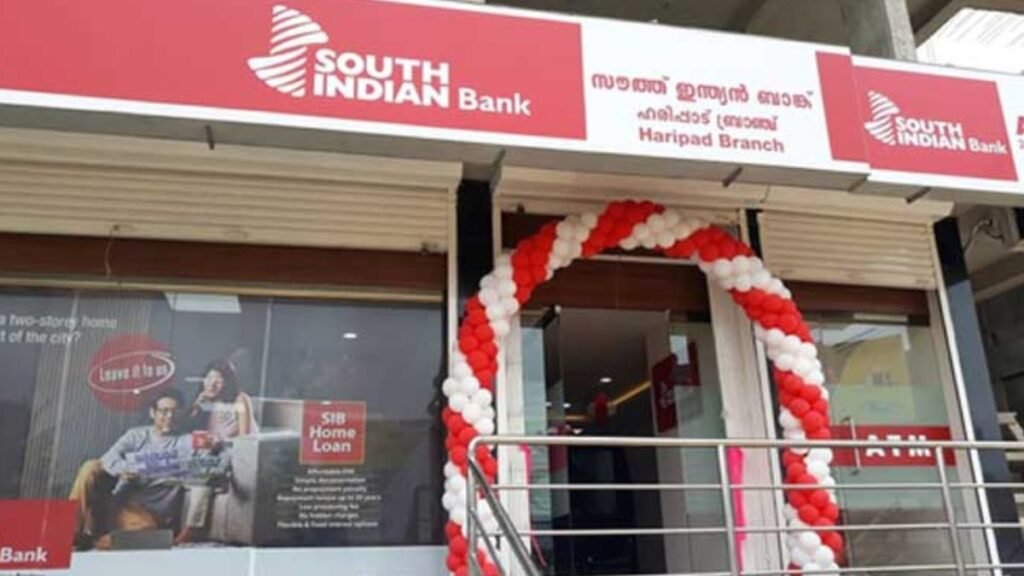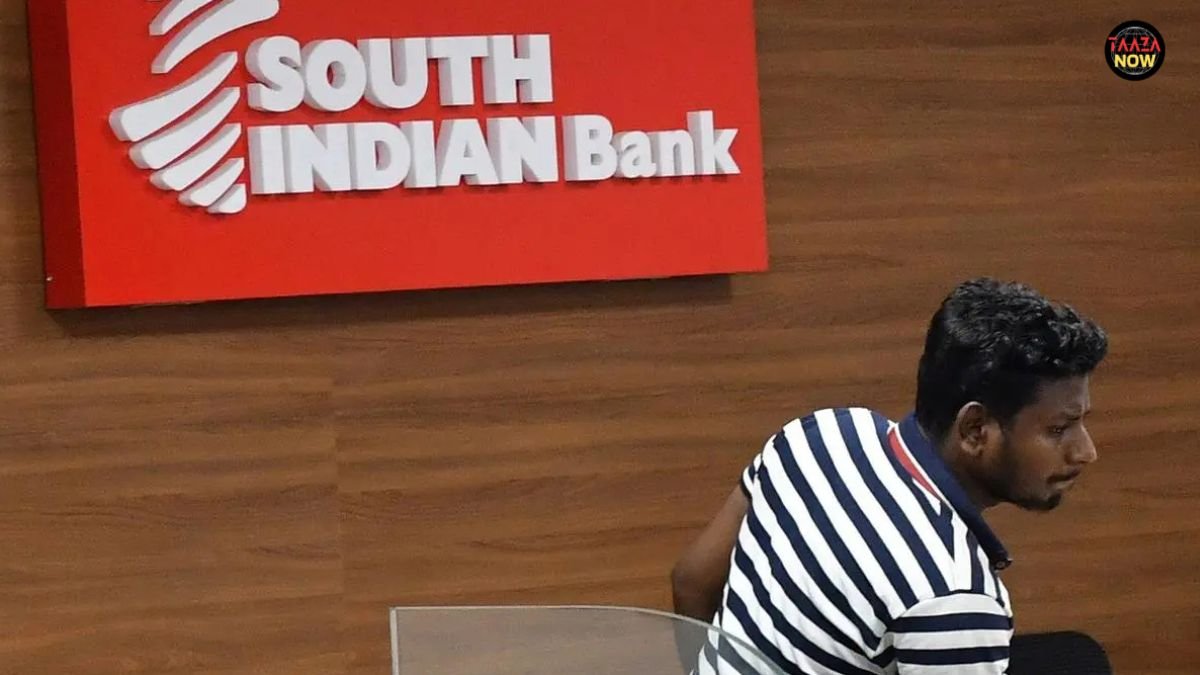The introduction of technology in India’s tax ecosystem continues to simplify compliance and empower citizens. A significant development was recently announced when South Indian Bank rolled out a new service that allows taxpayers to make GST payments directly through UPI on the official GST portal. At the same time, the insurance sector is adjusting to the recent reduction in GST rates on life and health insurance premiums, which could benefit millions of policyholders. Together, these two updates underline how GST payment processes and policy changes are reshaping financial behavior across the country.
South Indian Bank Introduces UPI GST Payment
Thrissur-based South Indian Bank (SIB) has become one of the first banks to integrate GST payment via UPI, making it easier for taxpayers to fulfill their obligations. Previously, SIB accepted GST dues through internet banking and over-the-counter facilities at branches. Now, with UPI integration, the process becomes quicker, safer, and more accessible.
The bank confirmed that taxpayers can make their GST payment by either scanning a QR code or entering their Virtual Payment Address (VPA) on the GST portal. This innovation eliminates the need for traditional banking steps and allows instant transactions.

Biji S.S., Senior General Manager & Head of Branch Banking at South Indian Bank, emphasized the importance of the move:
“UPI is the most preferred payment mode today. By enabling gst payment through UPI, we are empowering taxpayers, including both our customers and non-customers, to complete transactions securely and effortlessly from anywhere.”
This announcement comes after the Reserve Bank of India approved South Indian Bank as an Agency Bank and after clearance from the Central Board of Indirect Taxes & Customs (CBIC), which authorized it to collect indirect taxes.
Also Read: AP EAMCET 2025 Final Seat Allotment Result Out Today – Check Now
Why UPI GST Payment Is a Game Changer
The addition of UPI as a GST payment mode brings multiple benefits:
- Convenience – Taxpayers no longer need to log in to net banking portals or visit branches. A UPI scan is sufficient.
- Speed – UPI ensures instant settlements, making GST payments faster than traditional methods.
- Accessibility – Both customers of South Indian Bank and those using other banks can use this facility, widening its reach.
- Security – With UPI’s secure framework, taxpayers gain confidence while handling large-value transactions.
This move is expected to significantly improve compliance levels because taxpayers now have fewer barriers to making timely GST payments.
GST Payment in the Insurance Sector

Alongside the banking development, insurers are grappling with the recent government decision to reduce GST on life and health insurance premiums to zero. This change alters the dynamics of GST payment for both companies and consumers.
Previously, insurers paid GST on premiums and could claim input tax credit, which was then adjusted against expenses such as brokerage, commissions, and overheads. With the removal of GST, insurers no longer have that credit option. This raises an important question: Will the benefit of reduced GST be passed on to consumers?
According to industry experts, the answer is mixed. Insurance companies are still analyzing how to balance the absence of input tax credit while ensuring customers enjoy lower costs. While not all of the savings may reach policyholders, a substantial portion is likely to be transferred, especially for renewals.
Experts’ Take on GST Payment and Insurance
Edme Insurance Brokers Ltd. (formerly Aditya Birla Insurance Brokers Ltd.) highlighted that the impact of the GST cut will vary depending on product pricing strategies. A senior executive at the firm explained:
“How much of the GST reduction is passed on will depend on how insurers manage the pricing gap caused by the loss of input tax credit. Consumers may not receive the entire benefit, but companies will aim to deliver the maximum possible relief.”
Jonika Jain, Chief Human Resources Officer at Edme, also pointed out that the GST-related reforms coincide with the company’s ambitious expansion plans. With Edme acquiring UIB’s India operations, it has grown into the third-largest insurance broker in India. The company aims to double its workforce to 1,000 employees within five years while also expanding into the UAE, UK, and Singapore.
This shows how gst payment reforms are influencing not just policyholders but also reshaping strategic business decisions in the insurance space.
GST Payment: A Broader Perspective

When viewed together, these two developments—the introduction of UPI-based GST payment and the reduction of GST on insurance—reflect the government’s larger goal of easing tax compliance and promoting financial inclusion.
For taxpayers, the UPI GST payment option reduces reliance on traditional banking infrastructure and ensures smoother compliance. For policyholders, the reduction in GST lowers the overall cost of securing life and health insurance.
Also Read: Bengaluru Crime: Whitefield PG Incident Sparks Shock and Multiple FIRs
Moreover, by encouraging more people to pay taxes on time and motivating citizens to invest in insurance, these changes may strengthen the financial safety net of millions of households across India.
Challenges in Implementation
While the innovations are positive, certain challenges remain:
- Awareness – Many taxpayers may not immediately know that UPI can now be used for GST payment. Awareness campaigns are necessary.
- System Reliability – Given the large number of GST transactions, ensuring uninterrupted UPI functionality is vital.
- Insurance Pricing – Companies need time to restructure premium rates in the absence of input tax credits. Passing on benefits fully may not be feasible for all insurers.
Addressing these challenges will be crucial to realizing the full benefits of these reforms.
The Way Forward for GST Payment in India
The government’s consistent push toward digitization and simplification of gst payment demonstrates its commitment to creating a seamless tax ecosystem. Future developments may include integrating more banks into the GST-UPI framework, introducing auto-reminder systems for taxpayers, and further reducing compliance burdens.
For insurers, ongoing discussions about pricing strategies and customer benefits will determine how effectively the GST reduction improves insurance penetration in India.
Ultimately, both initiatives signal a more taxpayer-friendly and consumer-focused environment. The combination of digital GST payment methods and lower insurance costs could encourage broader compliance, stronger financial planning, and increased trust in the system.
Taazanow.com- Click Here

